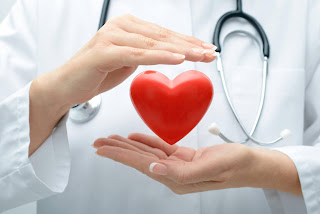Fat is a living, breathing thing that affects your hormones, inflammation and even the level of toxins in your body. The study’s lead researcher, Willa Hsueh, M.D. says, “the bottom line is, you’re feeding and feeding these fat cells and they’re turning around and biting you back. They’re doing the thing they’re supposed to do — storing energy — but reacting negatively to too much of it.”
Excess weight may increase the risk for many health problems, including:
• certain types of cancer
• sleep apnea
• osteoarthritis
• fatty liver disease
• kidney disease
• type 2 diabetes

Thats great
ReplyDelete